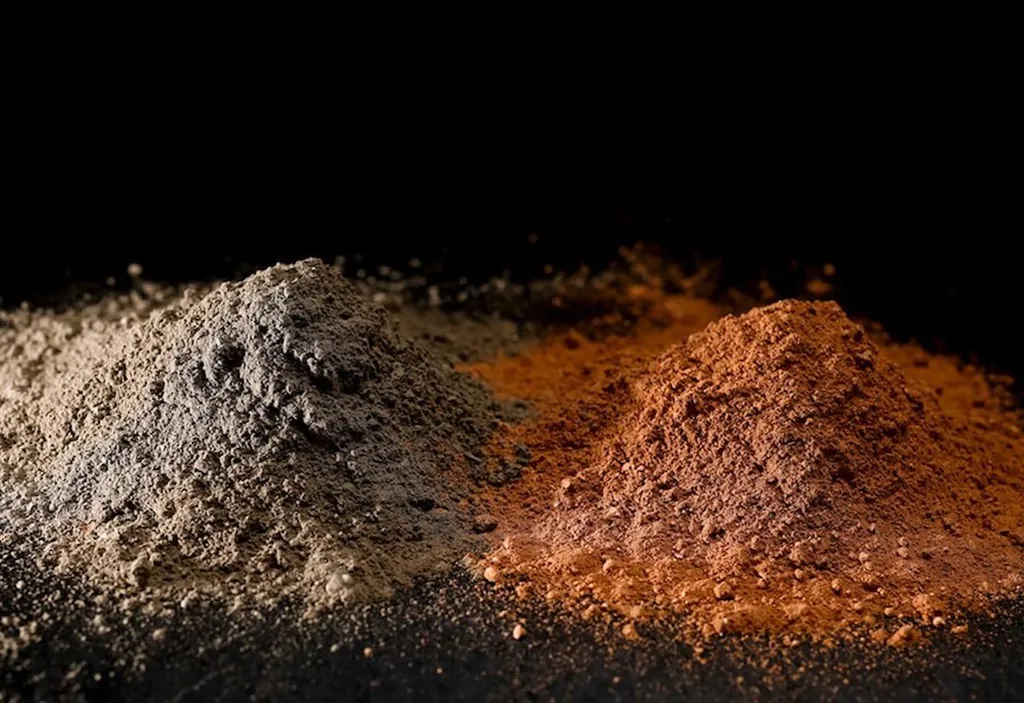In the quest to reduce the cement industry’s substantial carbon footprint, a global coalition of researchers has made significant strides in understanding and utilizing calcined clays as supplementary cementitious materials. The RILEM Technical Committee 282 – CCL, comprising members from 41 universities and 17 industrial partners, has been at the forefront of this effort, and their findings, published in the RILEM Technical Letters, are set to reshape the future of sustainable construction.
The committee, led by José Fernando Martirena Hernández from the Central University of Las Villas in Cuba, has been diligently filling critical information gaps in the field. Their work spans the characteristics of clay minerals, the calcination process, the hydration of cementitious systems containing calcined clay and limestone, the properties of fresh and hardened concrete, standardization, and the durability of concrete produced with these innovative binders.
One of the most notable outcomes of their research is the development of Limestone Calcined Clay Cement (LC3), a ternary binder consisting of 50% Portland Cement, 30% calcined clay, and 15% limestone. This breakthrough was driven by the discovery of a synergistic relationship between the aluminates in calcined clays and the carbonates in limestone. “The synergy between these components not only enhances the reactivity of the binder but also significantly reduces the need for clinker, a major source of carbon emissions in the cement industry,” explains Martirena Hernández.
The commercial implications of this research are profound. With over 8% of global carbon emissions attributable to the cement industry, the adoption of LC3 and other calcined clay-based binders could dramatically lower the sector’s carbon footprint. This shift is not just an environmental imperative but also a commercial opportunity, as the construction industry increasingly prioritizes sustainable materials and practices.
The committee’s efforts have resulted in the publication of 10 whitepapers, each contributing to a deeper understanding of the role of calcined clay in cement and concrete. These publications serve as a valuable resource for researchers, industry professionals, and policymakers seeking to advance the use of supplementary cementitious materials.
Looking ahead, the research conducted by the RILEM Technical Committee 282 – CCL is poised to shape future developments in the field. As the construction industry continues to evolve, the insights gained from this collaborative effort will be instrumental in driving innovation and sustainability. The work of Martirena Hernández and his colleagues underscores the potential of calcined clays to revolutionize the way we think about and use cementitious materials, paving the way for a more sustainable future.

